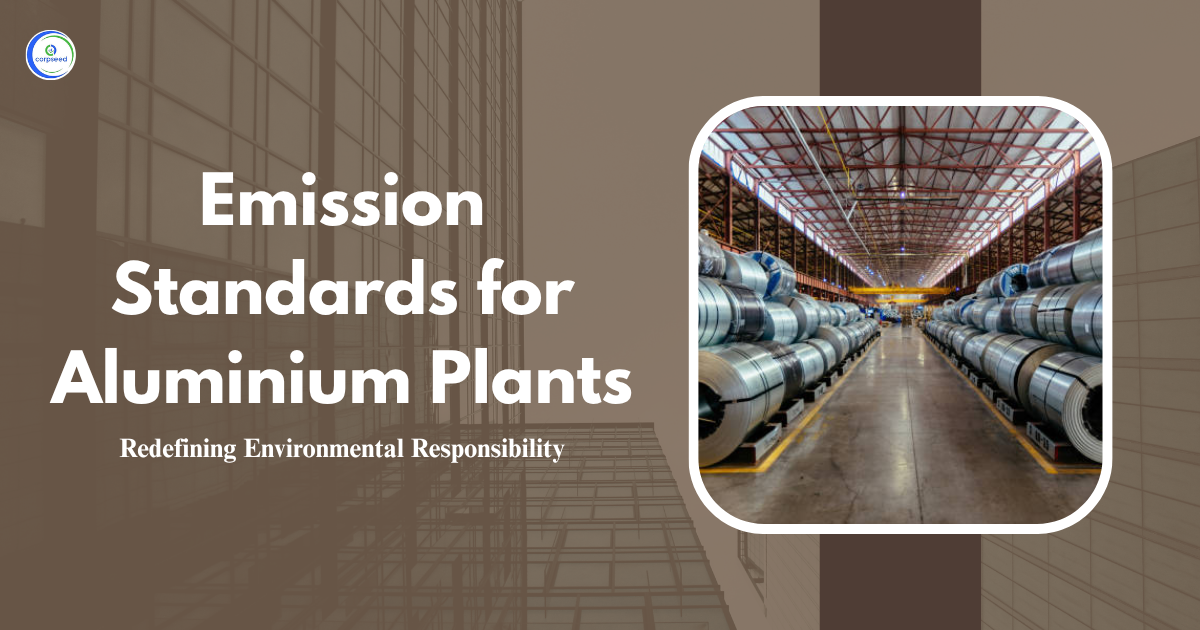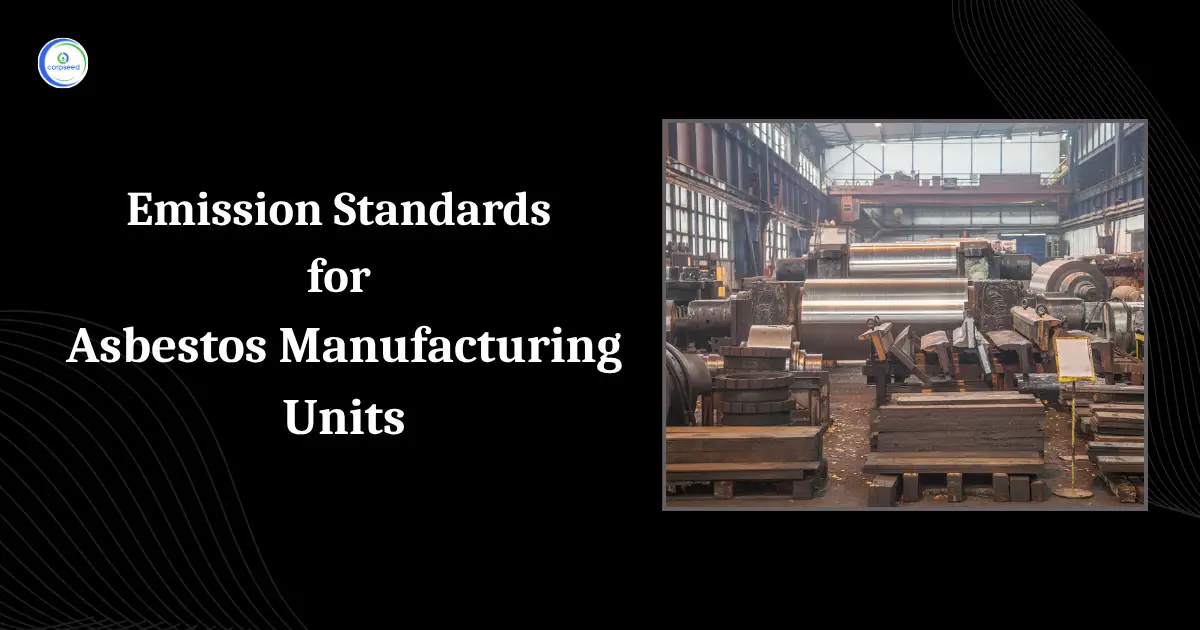The standards for emission or discharge of environmental pollutants for large pulp and paper plants with capacity exceeding 24000 MT per annum is crucial for maintaining environmental quality. These plants produce considerable waste and emissions, necessitating strict regulations. The Central Pollution Control Board (CPCB) and State Pollution Control Boards (SPCBs) have prepared comprehensive standards to control pollution. With growing environmental concerns, these standards help reduce environmental damage, protect water resources, and foster sustainable industrial development.
Table of Contents
- Environmental Pollutants from the Pulp & Paper Industry
- How Large Capacity Pulp & Paper Plants Affect the Environment
- Key Pollutants in Large Pulp & Paper Newsprint/Rayon Grade Plants (Above 24000 MT/Annum)
- Significance of Emission Standards in the Pulp & Paper Sector
- Effluent Standards for Large Pulp & Paper Plants (Above 24000 MT/Annum)
- Monitoring and Reporting Requirements
- Conclusion
Environmental Pollutants from the Pulp & Paper Industry
The pulp and paper industry is a resource-intensive sector that adds to water, air and soil pollution. Environmental pollutants of large paper mills contain suspended solids, chemical oxygen demand (COD), biochemical oxygen demand (BOD) and hazardous gases like SO2 and NOx. These pollutants not only degrade natural ecosystems but also pose significant threats to human health. The industry also emits toxic chemicals used in the bleaching process, like chlorine and its derivatives. Without proper regulation, such emissions can affect water life, pollute groundwater, and deteriorate air quality in nearby areas.
How Large Capacity Pulp & Paper Plants Affect the Environment
Large-scale pulp & paper plants with annual production exceeding 24000 MT can severely affect local ecosystems. The magnitude of their operation demands strict compliance with emission standards.
- Water Pollution: These plants use large amounts of water and release effluents loaded with organic and chemical waste into neighbouring water bodies, leading to aquatic toxicity.
- Air Emissions: Large boilers and chemical recovery units discharge suspended particulate matter (SPM), sulfur oxides, and nitrogen oxides, which contribute to respiratory diseases and acid rain.
- Solid Waste Generation: Debris and ash from the process are often non-biodegradable and can lead to long-term soil pollution if not regulated or treated appropriately.
- Energy Consumption & Heat Discharge: Large-scale energy use results in indirect environmental impacts, while discharge of heated emissions alters aquatic ecosystems.
- Chlorinated Compounds: Chlorine-based bleaching generates dioxins and francs, which are highly toxic and determined in the environment, harming both wildlife and humans.
Key Pollutants in Large Pulp & Paper Newsprint/Rayon Grade Plants (Above 24000 MT/Annum)
These high-capacity plants emit a wide range of environmental pollutants that must be effectively monitored and controlled.
- Biochemical Oxygen Demand (BOD): Indicates organic matter load in wastewater, a major factor in water pollution.
- Chemical Oxygen Demand (COD): Measures total chemicals in effluent; high levels indicate the presence of harmful industrial waste.
- Total Suspended Solids (TSS): Solid particles in wastewater, which reduce light penetration and harm aquatic life.
- Sulfur Dioxide (SO2) and Nitrogen Oxides (NOx): Air pollutants responsible for smog formation, acid rain, and respiratory issues.
- Chlorinated Organic Compounds: Especially from bleaching, these include harmful dioxins and furans.
--------------Blog Contact Form-------------
Significance of Emission Standards in the Pulp & Paper Sector
Enforcement of emission and discharge standards provides numerous environmental and operational benefits. These principles are also consistent with CPCB and SPCB regulations and ensure industrial stability.
- Environmental Protection: These standards help mitigate pollution loads in water and air, safeguarding ecosystems from toxic exposure and chemical degradation.
- Legal Compliance: Compliance with CPCB and SPCB emissions principles ensures that companies avoid fines and function within the legal guidelines.
- Improved Efficiency: Standards force industries to adopt cleaner technologies and improve processes, minimize waste and optimize resource use.
- Public Health Safety: Limiting harmful discharges like SO2, NOx, and chlorinated compounds lessens the occurrence of respiratory and water-borne diseases.
- Sustainable Industry Image: Those companies that adhere to emissions principles improve their public image and align with global goals of environmental sustainability.
Effluent Standards for Large Pulp & Paper Plants (Above 24000 MT/Annum)
According to CPCB guidelines, effluent from these plants must meet the following treated discharge standards:
| Parameter | Norm (mg/l) |
| pH | 7.0 – 8.5 |
| BOD2 [3 days at 27 oC] | 30 |
| COD | 350 |
| Suspended Solids | 500 |
| 3 [Absorbable Organic Halogens (AOX) in effluent discharge | 1.5 kg/ton of product with effect from the date of publication of this notification.1.0 kg/ton of product with effect from the 1st day of March,2008.] |
| Flow (Total Waste Water Discharge) **(i)Large Pulp & Paper | 200 Cum/Ton of Paper produced |
| (ii)Large Rayon Grade Newsprint | 150 Cum/Ton of Paper produced. |
These limits apply to final discharges in surface waters and are consistently met through effective treatment methods such as primary clarification, secondary biological treatment, and tertiary filtration processes.
Also Read: Standards for Emission or Discharge of Environmental Pollutants for Large Pulp and Paper
Standards for Emission or Discharge of Environmental Pollutants for Small Pulp and Paper Industry
Emission Standards for Pesticide Industry under Sixth Amendment Rules 2025
Emission Standards for Asbestos Manufacturing Units
Monitoring and Reporting Requirements
Regular monitoring and transparent reporting are mandatory under CPCB and SPCB guidelines. Monitoring ensures that any deviations are promptly corrected, promoting responsible environmental stewardship. Large pulp & paper plants must:
- Install online Continuous Emission Monitoring Systems (CEMS) and Effluent Quality Monitoring Systems (EQMS) to track key parameters.
- Submit monthly and quarterly reports to concerned SPCBs detailing air emissions and effluent quality.
- Maintain records of process parameters, chemical usage, and treatment plant performance.
- Facilitate audits and inspections of party arbitrators to confirm data and ensure impartial compliance.
Conclusion
Understanding the standards for emission or discharge of environmental pollutants for large pulp & paper plants of capacity above 24000 MT per annum is indispensable in today’s regulatory framework. These standards, as implemented by the CPCB and SPCB, not only help protect the environment but also ensure sustainable industrial growth. Effective monitoring, regular audits, and compliance with effluent principles are essential to reduce environmental damage. As environmental responsiveness becomes a global priority, such standards guide industries towards greener and cleaner practices.
This portion of the site is for informational purposes only. The content is not legal advice. The statements and opinions are the expression of author, not corpseed, and have not been evaluated by corpseed for accuracy, completeness, or changes in the law.
BOOK A FREE CONSULTATION
Get help from an experienced legal adviser. Schedule your consultation at a time that works for you and it's absolutely FREE.
_Corpseed.webp)


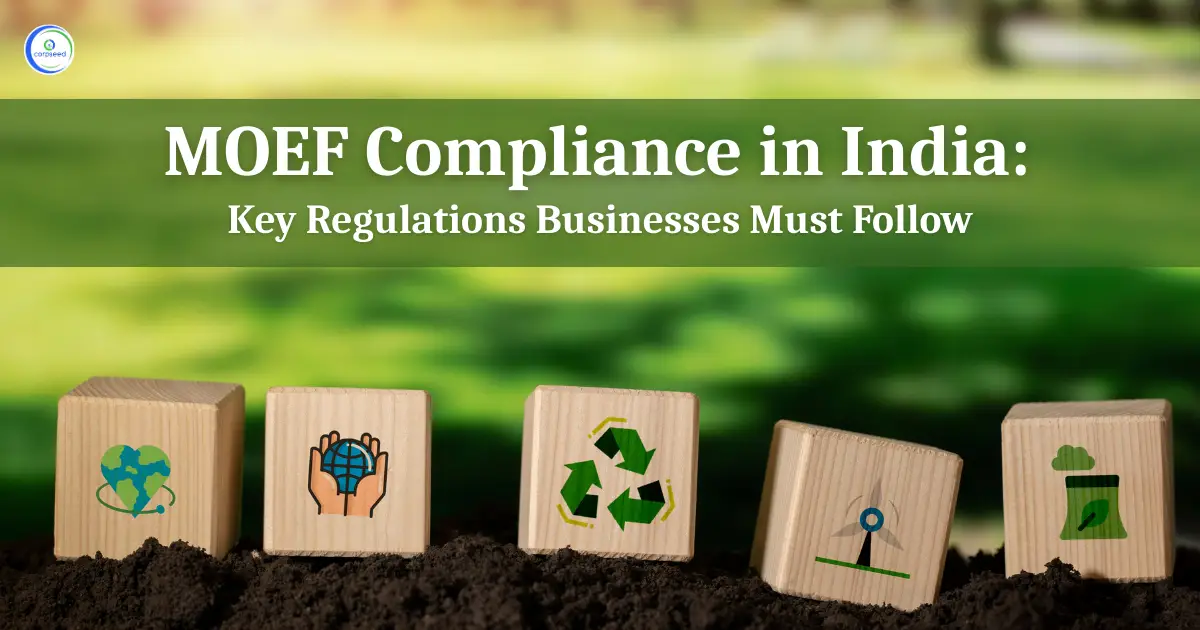
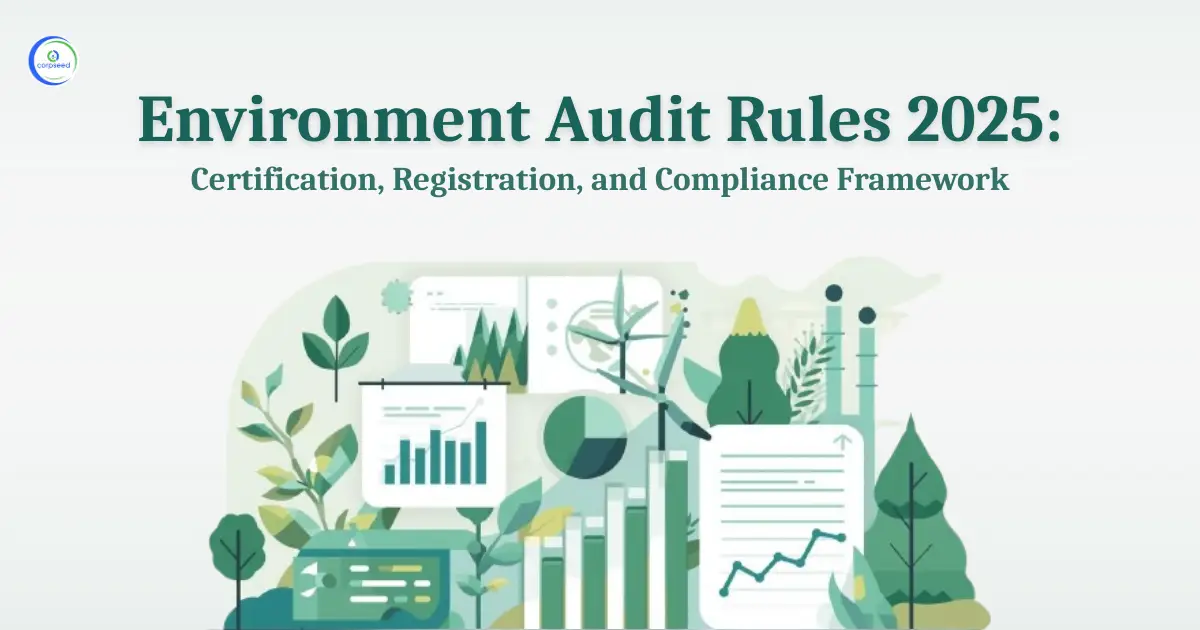
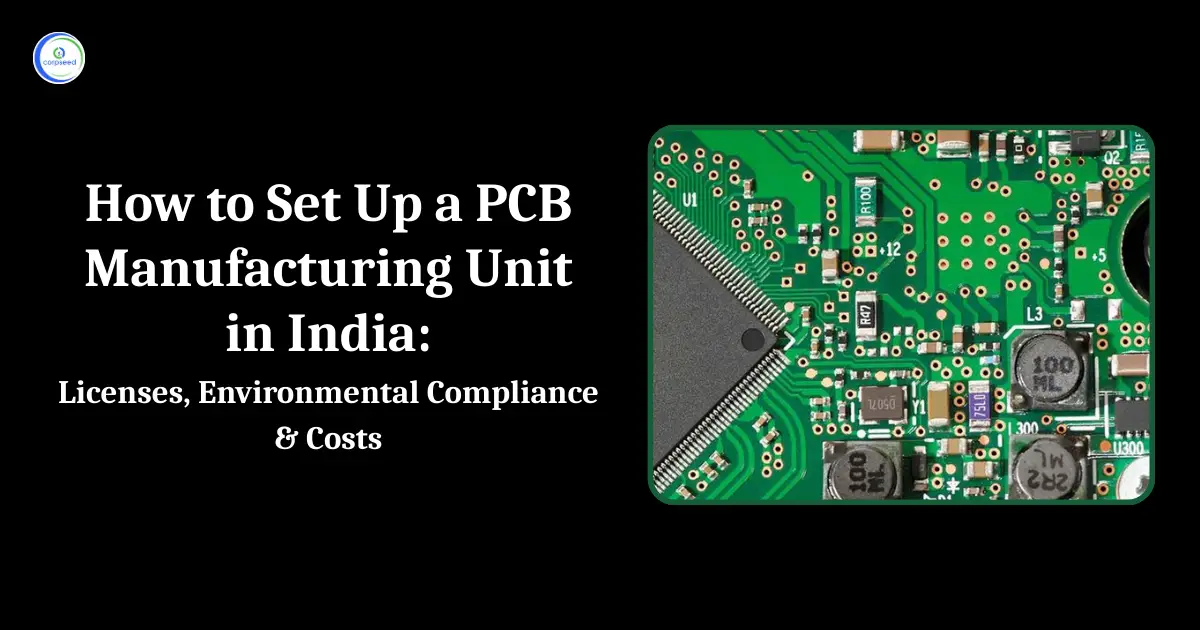
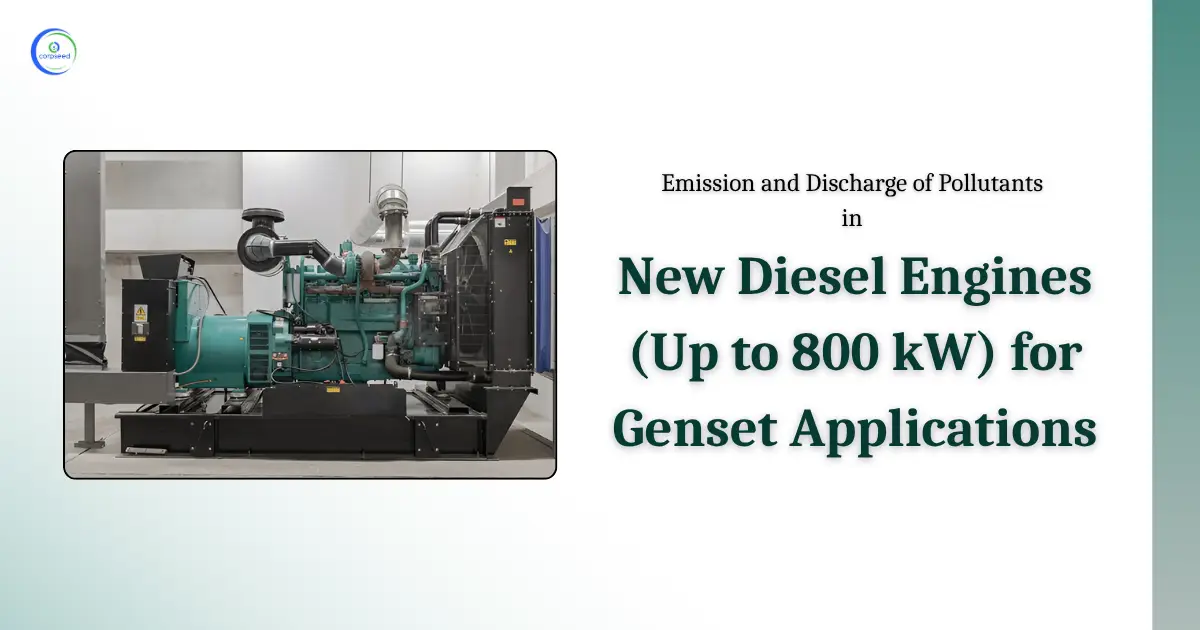
.webp)
